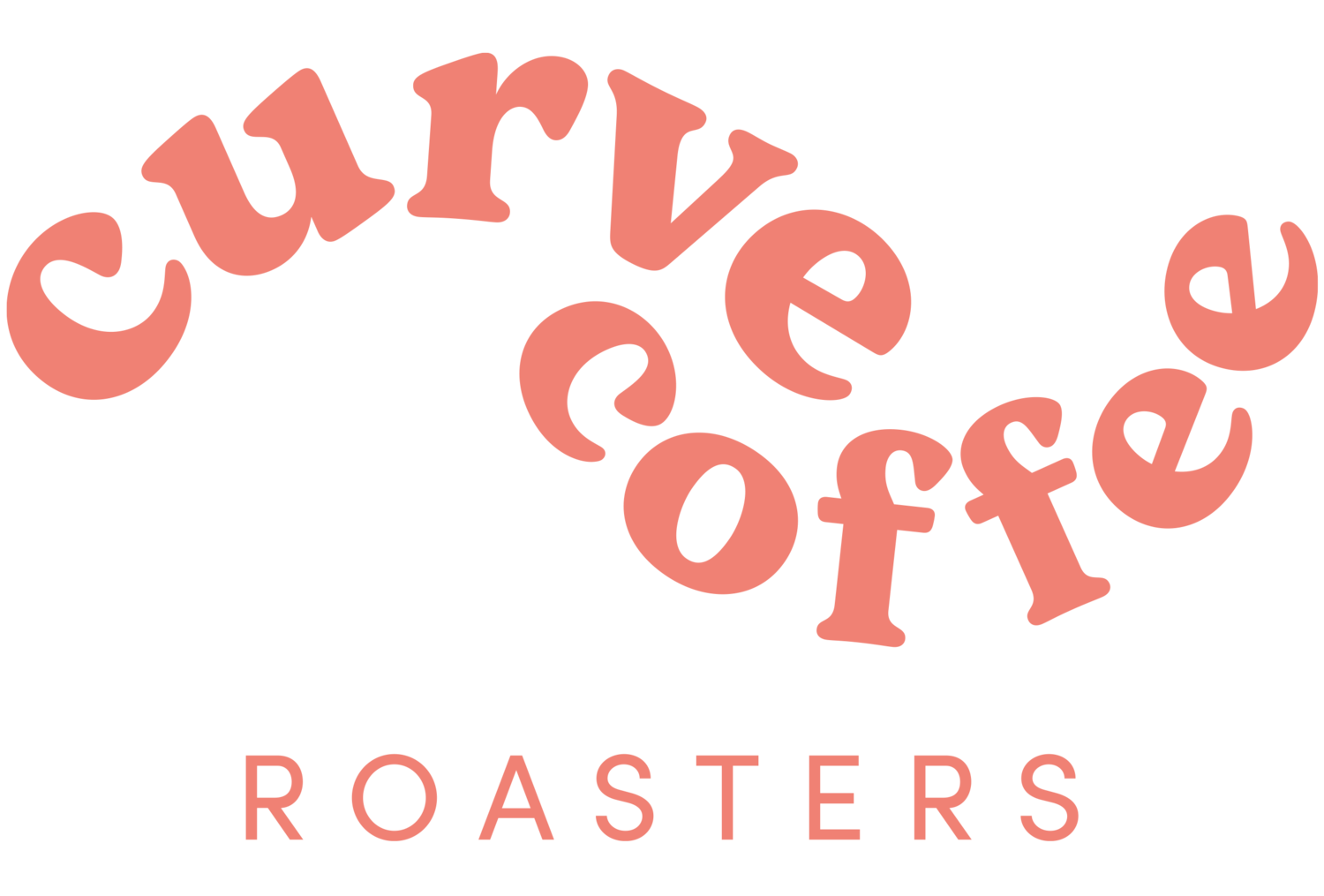Feature filter : Kii AB | Kenya
Key Origin Info:
Producer: Small-holders farmers of the Ruungeto Cooperative Society
Processed at: Kii washing station
Region: Kirinyaga
Altitude: 1700 - 1900 masl
Variety: SL28 & SL34, Ruiru 11
Process: Sorted, de-pulped, fermented and washed, soaked in clean water and dried on raised beds
Exporter: Rungeto Farmers Coop Society | Importer: Falcon Speciality
Cup profile: Juicy body, rhubarb and wine gums
More about Kii AB and the Rungeto Cooperative:
The Kii washing station, or factory as they are commonly referred to in Kenya, is located in Ngairiama in the Gichugu division of Kirinyaga district in the Central Province of Kenya. It is one of 3 factories, along with Kiangoi and Karimikui, which make up the Rungeto Farmers Cooperative Society.
The Rungeto Farmers Coop was formed in 1997, following a reorganization of the Ngiriama Cooperative. Today it has approximately 850 members who farm rich, loamy clay soil between 1,600 and 1,900 meters above sea level.
The Kii Factory (or, mill) was constructed and opened for processing in 1995, in a scenic spot at the foot of Mt. Kenya. The mountain’s snow-covered peaks make for a dramatic backdrop to parchment drying on raised beds. Another key aspect of the landscape is the Kii River, from which the factory not only takes its name but also sources fresh water used to wash the coffees.
During harvest, growers selectively pick the coffee from their trees and deliver it to the wet mill for processing. On the day of delivery, coffee cherries are de-pulped and pushed through serpentine washing channels. This initially separates the dense beans from the immature ‘mbunis’ (floaters) using water floatation where the denser beans sink and travel through the channels into the tank to be fermented. Once the mucilage has been loosened by fermentation, the beans enter washing channels where floaters are separated further and dense beans are cleaned of any remaining mucilage. The washed beans are then soaked in fresh water for 24h. After this the coffee in parchment is slowly dried on raised beds for 11-14 days, then it is packed into sacks and rested in its parchment before being transported to a dry mill where it is screened for defect and milled, and finally graded by size into AA, AB, PB and C lots and prepared for export.
As with all our Kenyan offerings, this lot has been sourced with the help of our key importing partner Falcon Speciality. Falcon's approach to sourcing in Kenya optimises purchasing through the traditional auction system with the help of a local representative and make the supply chain more efficient in the short term. The longer term goal is to work more directly with farmers associations and cooperatives and bypass the auction altogether, further improving traceability and value for producers as well as us as roasters.
We have purchased and loved this coffee a few years back and are very excited to welcome it to the roasters again this season.
A little bit of further insight into coffee sourcing in Kenya and its future from our importing partner Falcon Speciality
The vast majority of the coffee bought and sold in Kenya is traded through the national auction system, where marketing agents enter cooperatives' and estates’ coffee and traders come to bid. The main buyers from this auction system are large multinationals, who then offer the lots to importers and roasters. Unfortunately, this has been the only way to purchase Kenyan coffee for a long time and we’ve become frustrated with the lack of transparency, poor service and price volatility. In the last couple of years we have started buying directly from the auction using a local Kenyan company, who bid on the coffee on our behalf, after we have cupped through auction samples filtered by a local cupper. This was not only a conscious decision to support local, Kenyan businesses, but also to make the supply chain more efficient. This is intended to be the first part of a plan to work on the transparency limitations in Kenya and ultimately the goal is to avoid using the auction system at all, by working directly with farmers’ associations, cooperatives and small estates, and not through a marketing agent.


